- Fall is a great time for planting trees, but some varieties prefer a spring planting. (Conifers, Japanese maples, dogwoods, sweetgums, oaks, crabapples, and birches should be planted or transplanted in the spring.)
- Keep watering trees and shrubs until the ground freezes.
- If you’re planning on buying a live Christmas tree with the intention of planting it this winter, dig the hole now, before the ground freezes. Remember to keep the soil covered, so that it too does not freeze and can go back into the hole.
Perennial Gardening:
- Don’t remove chrysanthemum foliage—leave it to protect the crown.
- Cut back other perennials (except spring bloomers, roses, and grasses) to a few inches above soil level.
- Prune tea roses back to 8 to 12 inches high, mound compost around the bud union, then cover with a rose cone.
- Make sure your climbing roses are tied securely to their supports to prevent wind damage this winter.
- Spread clean straw, marsh hay or oak leaves over tender perennials, newly planted bulbs before temperatures drop into the teens but after the soil surface has frozen.
- As long as the ground is not frozen, you can still plant daffodil bulbs.
Get those bulbs into the ground NOW!
Vegetable Gardening:
- Dig up remaining root crops.
- If your grown has not frozen, plant your garlic and onions. Find out how in my post Garlic.
- Still time to haul in a pot of parsley: Pot it, water well, and set in a bright window.
- Cut back asparagus fronds after they turn brown from a hard freeze.
- Cover strawberries with a straw mulch. Wait to mulch your beds until after the first hard freeze, when the soil is frozen to a depth of about 1/2 inch
All Yard Gardening:
- Detach watering hoses from outdoor spigots. Drain them, roll them up and store in a dry location. If your outdoor water is on a separate system from your indoor pipes, shut it off and then turn the faucet on until all the water runs out. Place an insulating foam cover over the spigot to keep ice from cracking the metal.
- Keep mowing your lawn as long as the grass is growing.
- Change the oil, sharpen blades, clean air filters and replace spark plugs on all of your gas-powered equipment. You will have a head start on many spring projects if all of your equipment is ready to go.
- Clean bird feeders and stock up on seed and suet. Remember if you start feeding you must stay consistent. Birds become dependent on birdfeeders through harsh winter days and if you stop feeding they could die.
Chickens:
- Chickens have been raised and bred to withstand cold. You don’t need to do a lot to protect them. A single 5 lb laying hen produces something like 10 watts of heat, so having 10 chickens in the coop is about the same as running a 100W lightbulb. (That being said I have electric pane heaters in my coops with a Thermostatically Controlled Outlet) 🙂
- All year long I add apple cider vinegar to the chickens water and also add garlic powder, priobiotics and food grade diatomaceous earth to their feed. These additions to their food and water help your flock to cope with environmental stressors.
- On a bright sunny day, disinfect your coop with a mixture of 1 gallon of warm water and 1/4 cup of white distilled vinegar. Wipe down the walls, roosts and floors with this solution and allow it to air dry. Once the coop is dry, dust its nooks and crannies with organic food grade diatomaceous earth to keep your flock free from bugs.
- Freshen up the run by removing excess waste by doing a quick rake. You will be surprised with all the sticks and debris that you remove. I like to spread a layer of compost and rake it in to their favorite dusting areas. I also spread diatomaceous earth in with the compost.
- Insulate around your coop with bales of straw, if needed. I add a bale or tow a few feed in front of their shelter to add a barrier from the harsh winds of winter.
- Provide a thicker layer of pine shavings on floor of coop.
- On cold days feed your flock scratch 1 hour before they retire for the night. Chickens’ metabolism is higher in the winter as they burn more fuel keeping warm. A full tummy of scratch helps them to generate heat and an egg if they desire. While grains are nutritious, they only contain about half the protein that chickens need in their regular diet, so should be only given after your chickens have had a chance to fill up on their regular feed.
- Ensure that your chickens’ roosts are wide enough and their feet are completely covered by their bodies when perched.
- Repair areas of the coop that are vulnerable to water leaks.
- When you know the cold has hit, apply Vaseline to the flock’s combs and wattles to prevent frostbite. The roosters in particular are susceptible to this because of the size of their combs. I have been told that if a Roosters comb gets frostbitten it makes him infertile. Don’t know if its true or not??
Bees:
- If you didn’t feed them sugar or candy and you have a day that goes up to above 50 degrees. Do it now. It will be your last chance to give them a back up if they run out of honey to feed themselves through the winter.
- Insulate with tarpaper or Styrofoam.
Houseplants:
- Cut back on water and stop feeding houseplants. As the days become shorter your plants shift from an active growth cycle so they take up less moisture and don’t require additional nutrients.




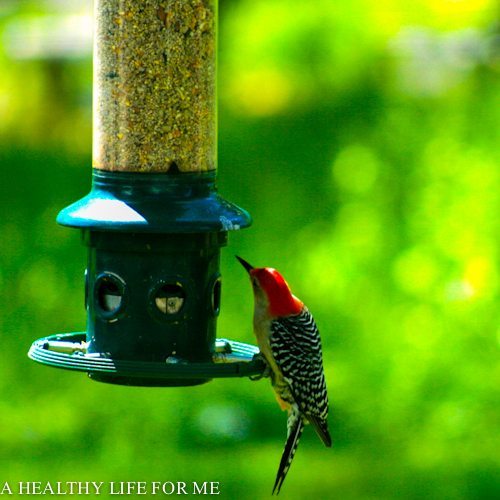

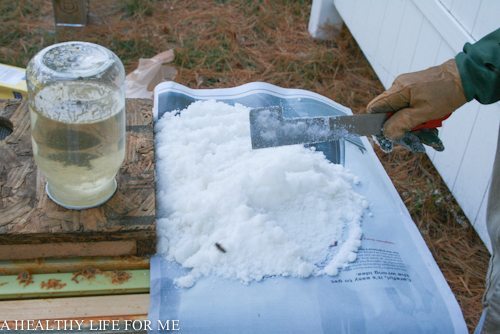
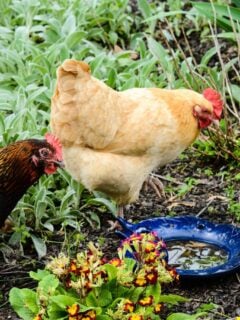

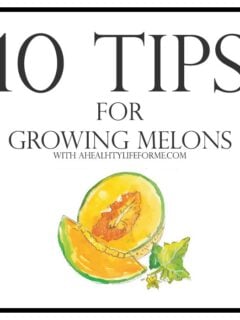
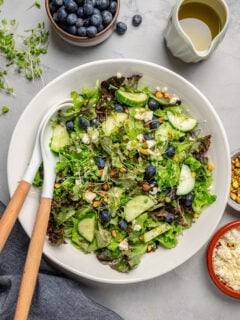
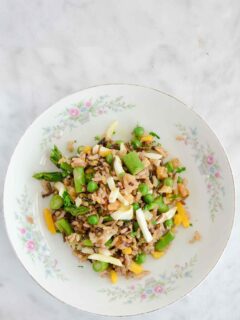


Oh Amy! You have made me felel woefully underprepared andinadequate! It sounds like my chickens would be much happier at your house, and I am thinking guiltily of the dying tomato plants etc in my garden that I have been ignoring the last couple weeks.
Oh well, your photos are beautiful, and maybe some day I will bea as on top of things as you are!
I love your blog — so interesting and full of good information. I’m so happy you joined us at Rural Thursdays. xo